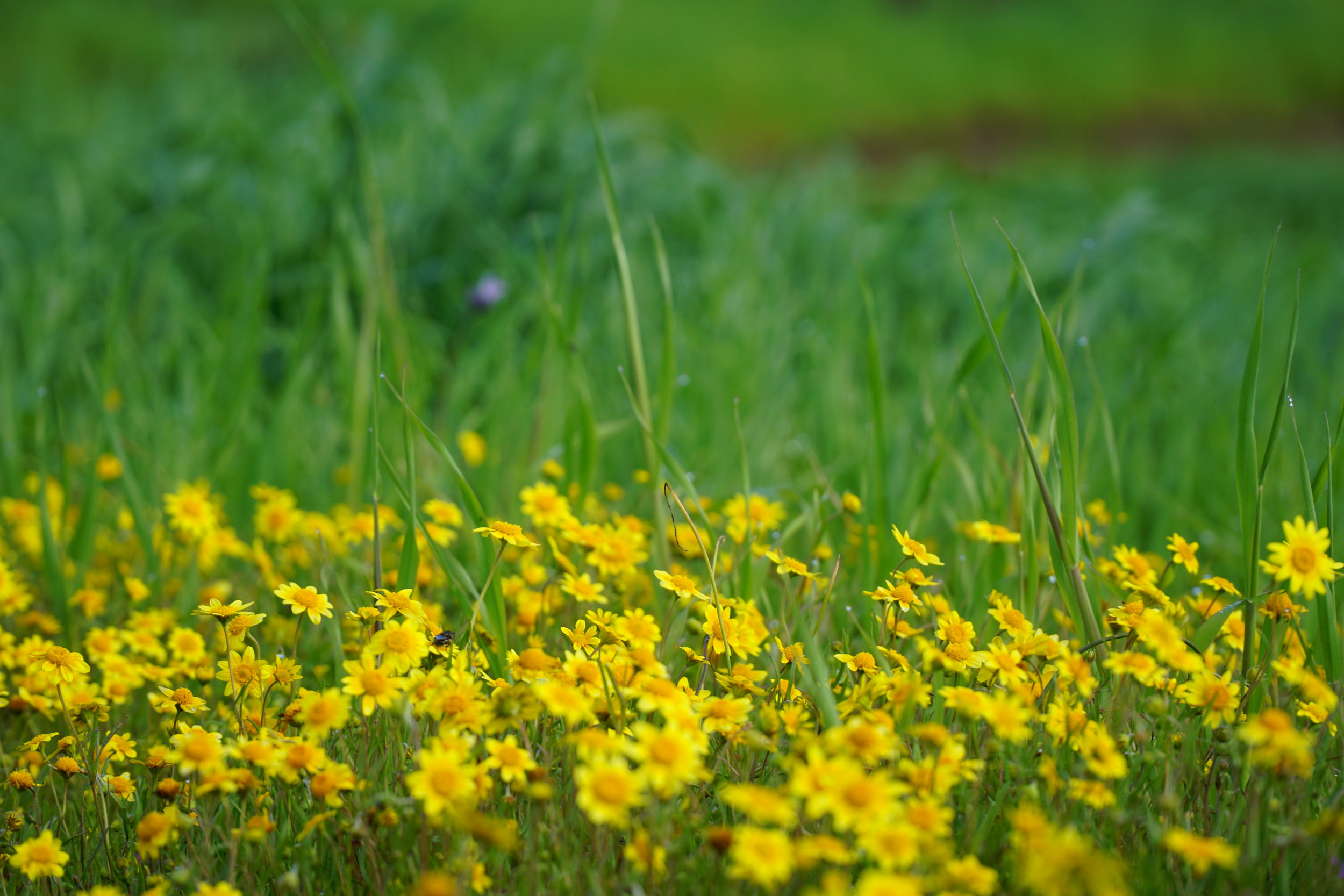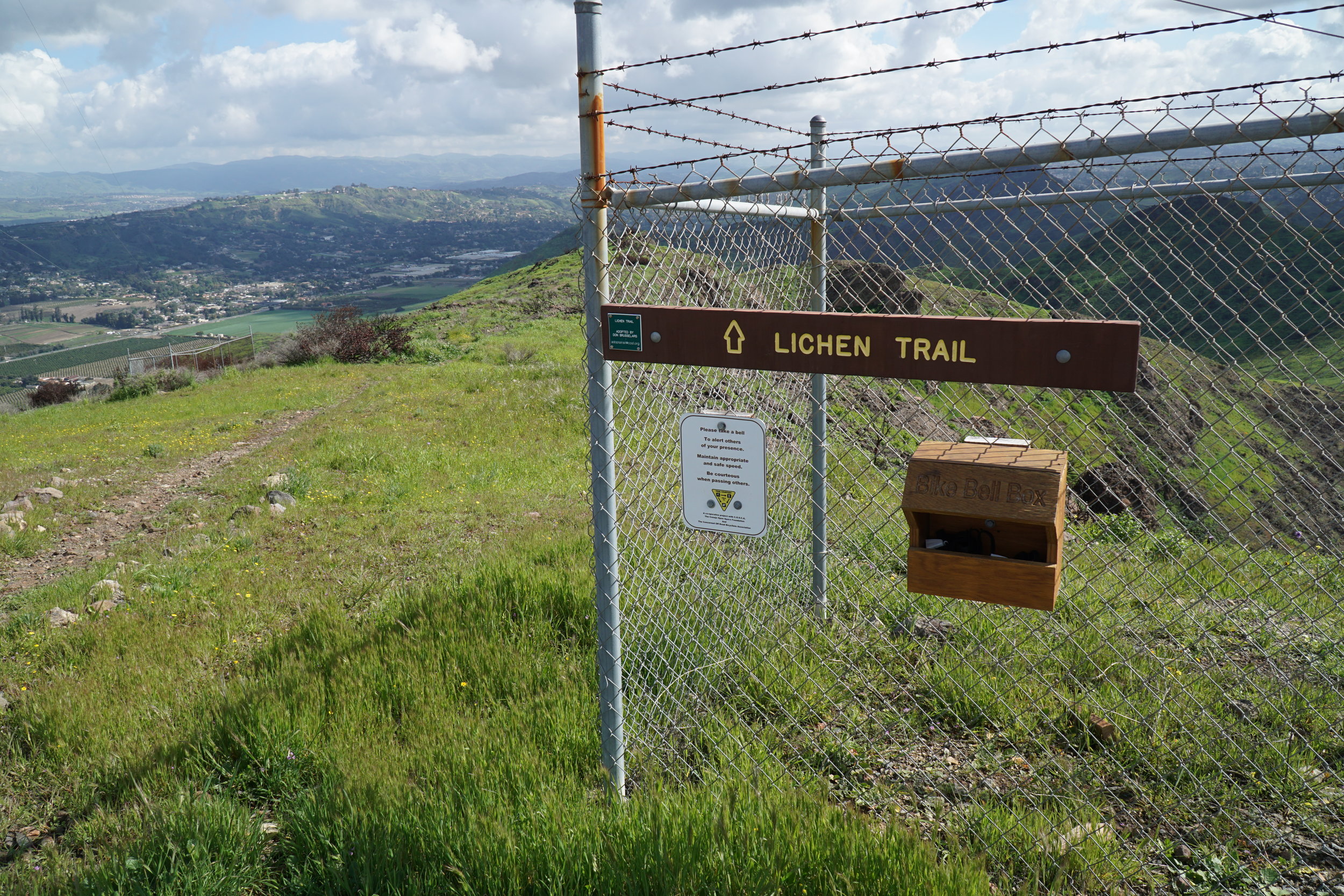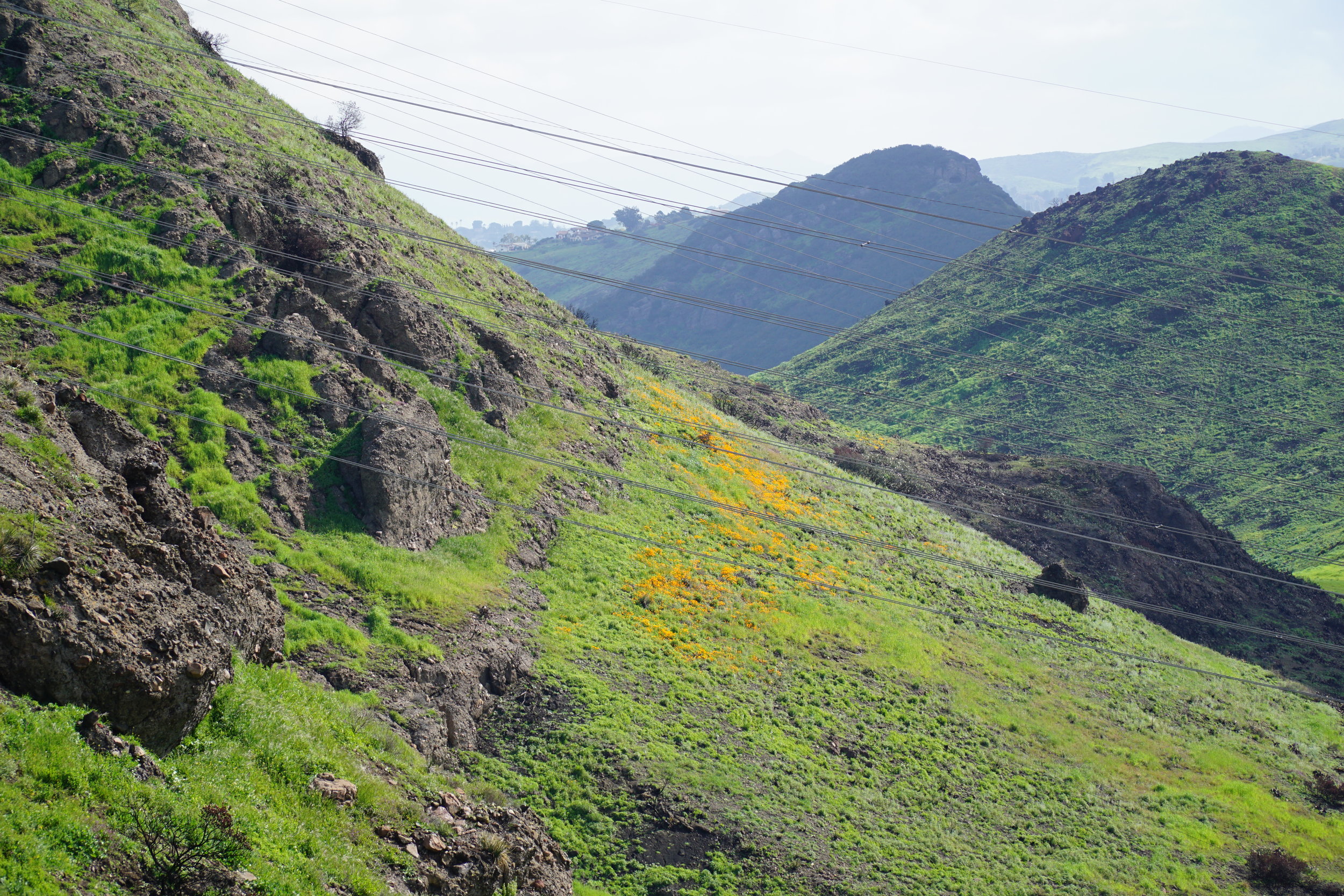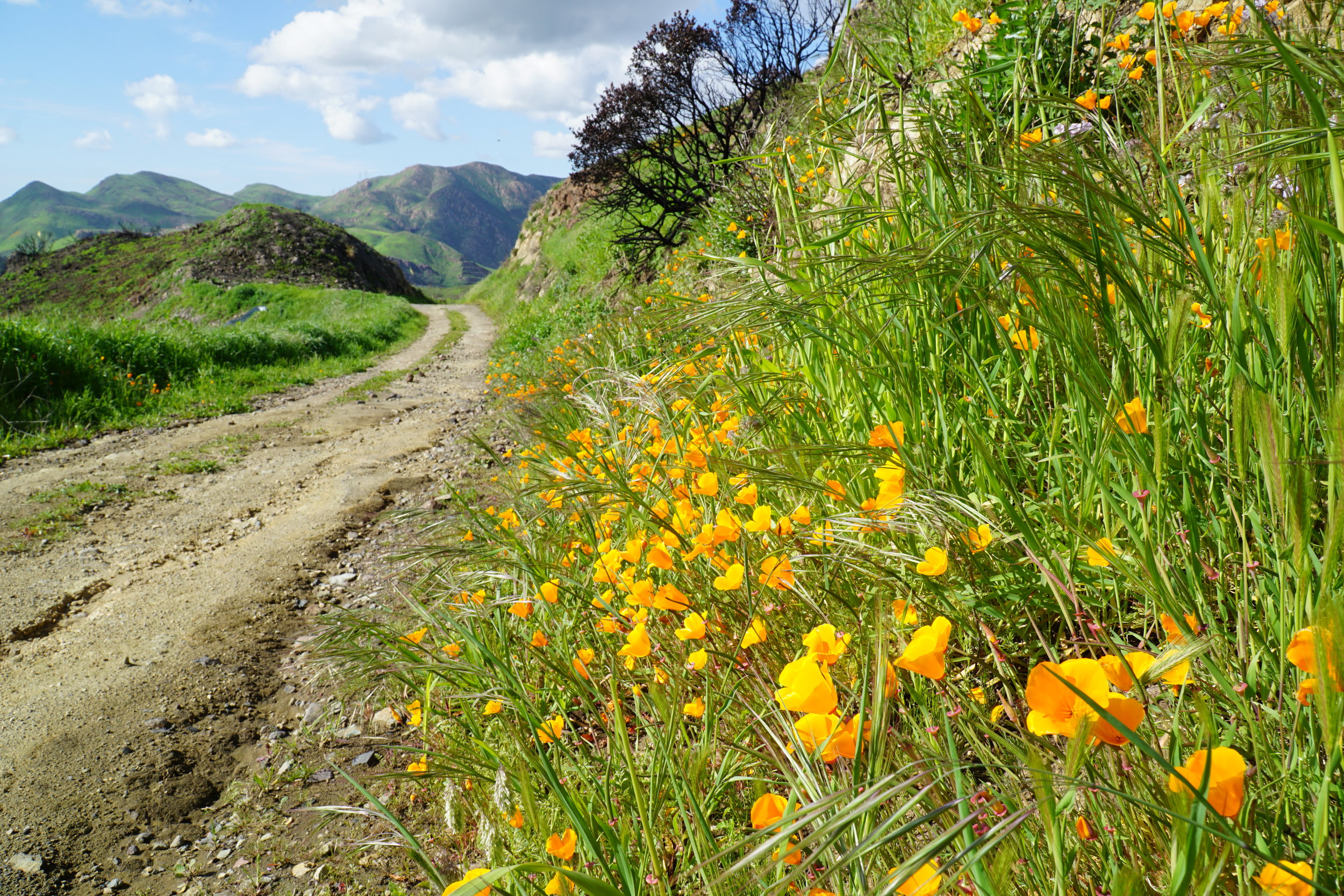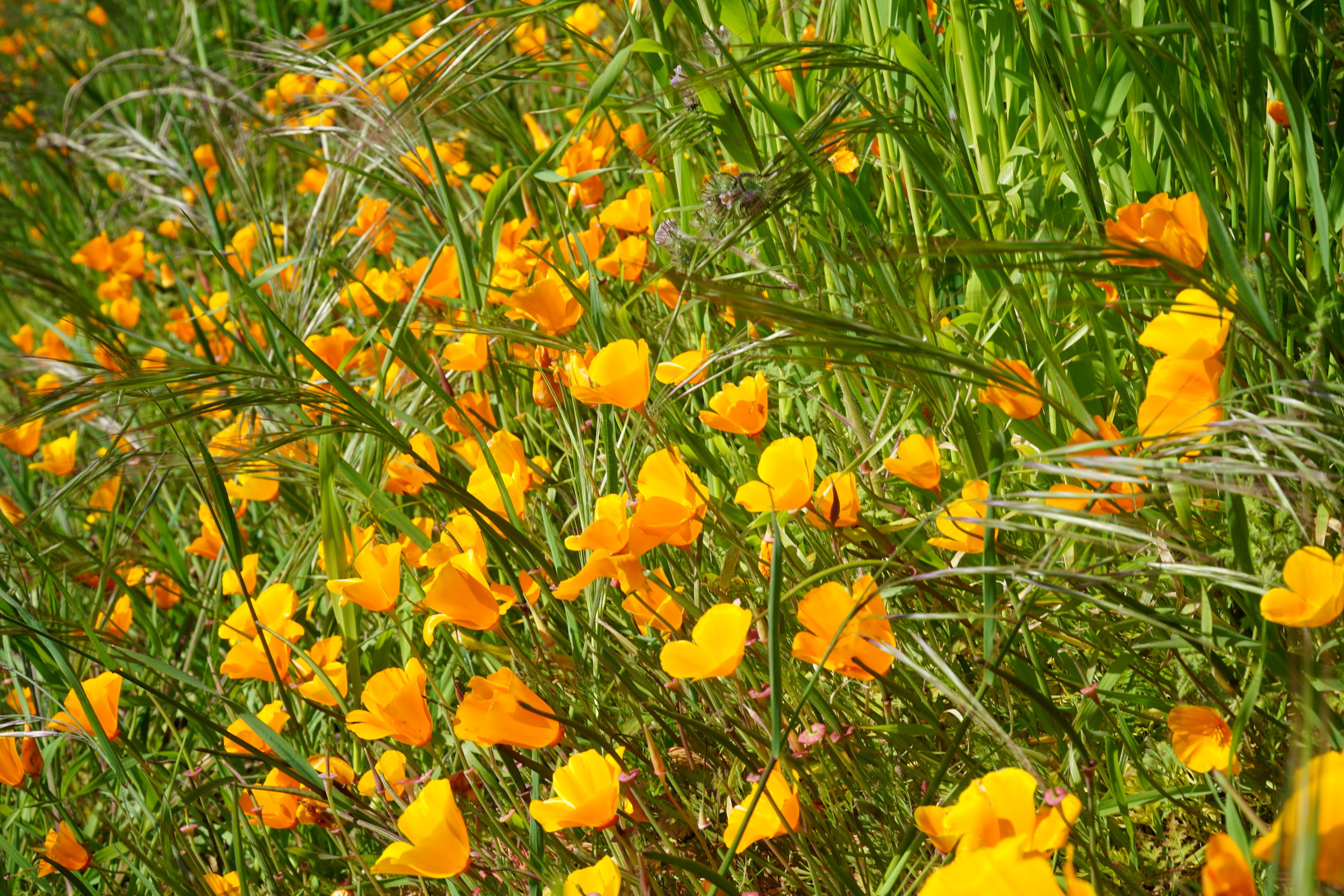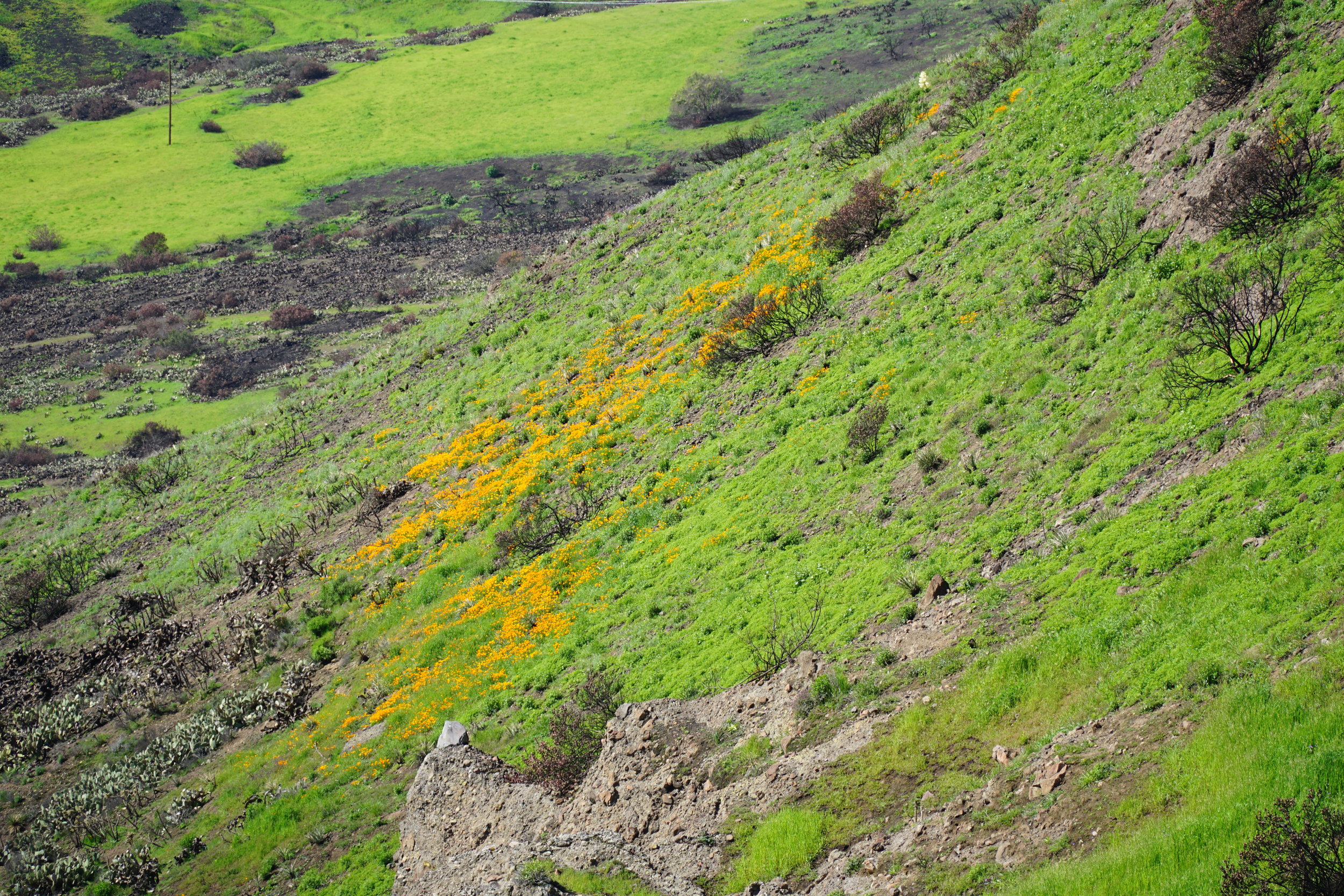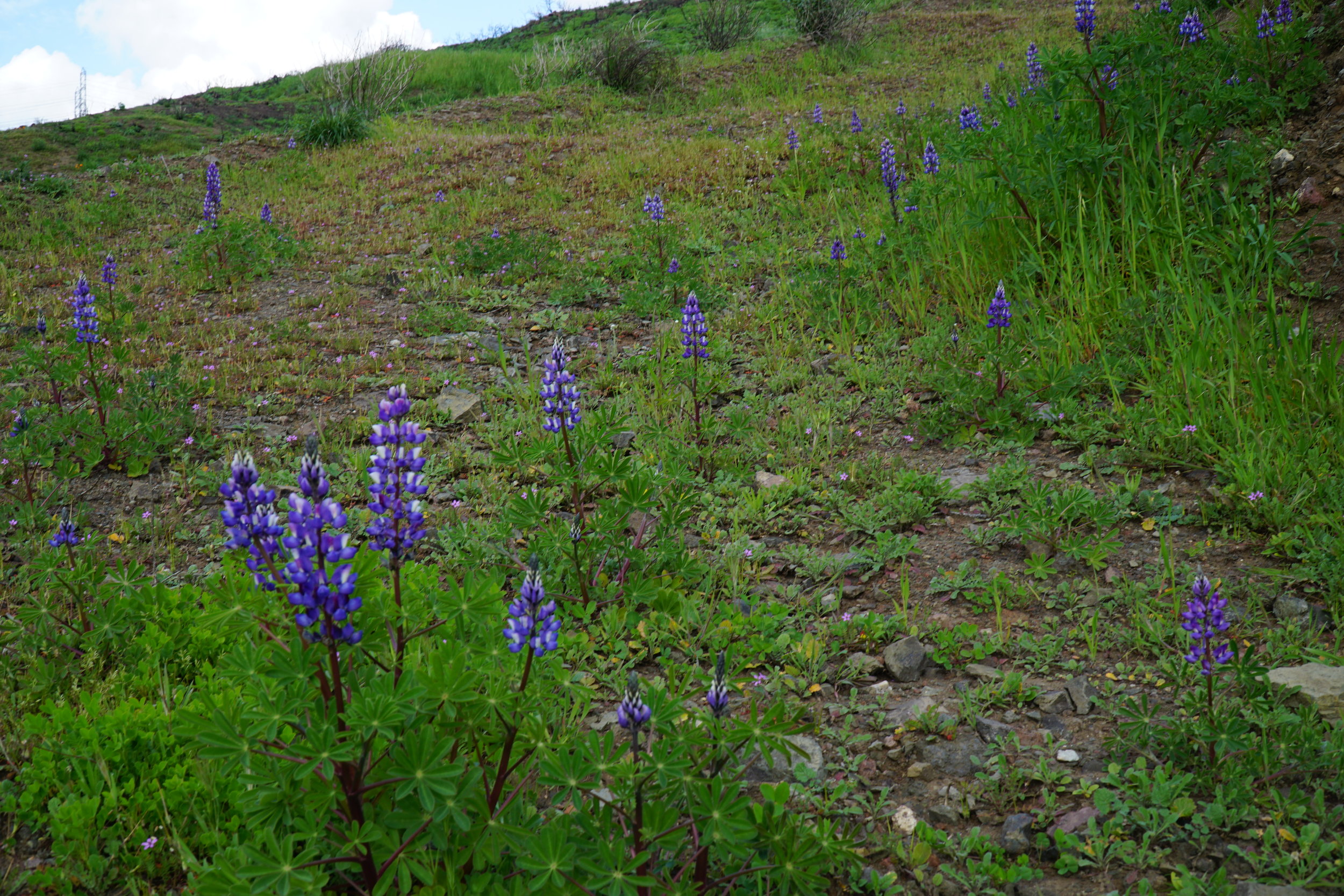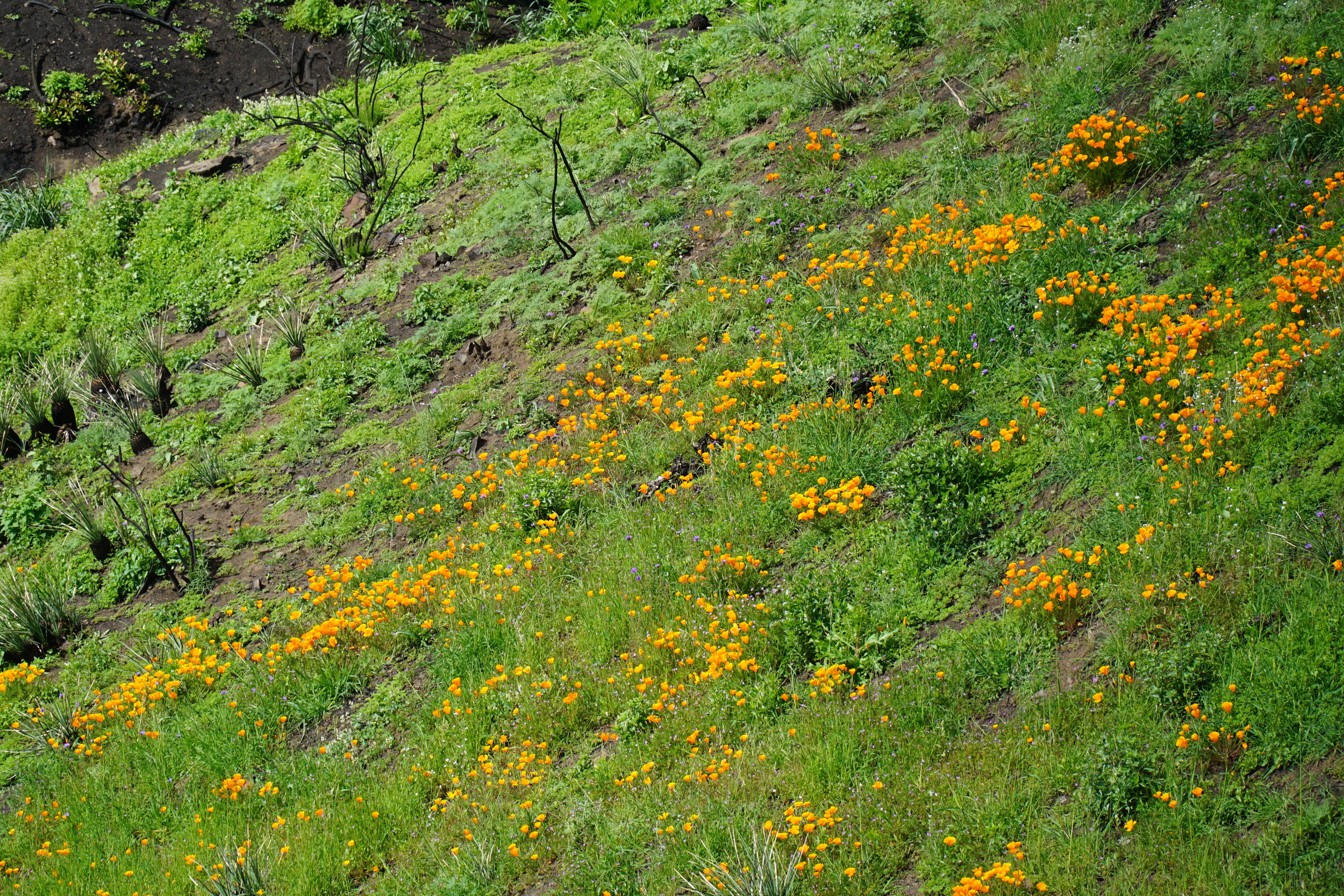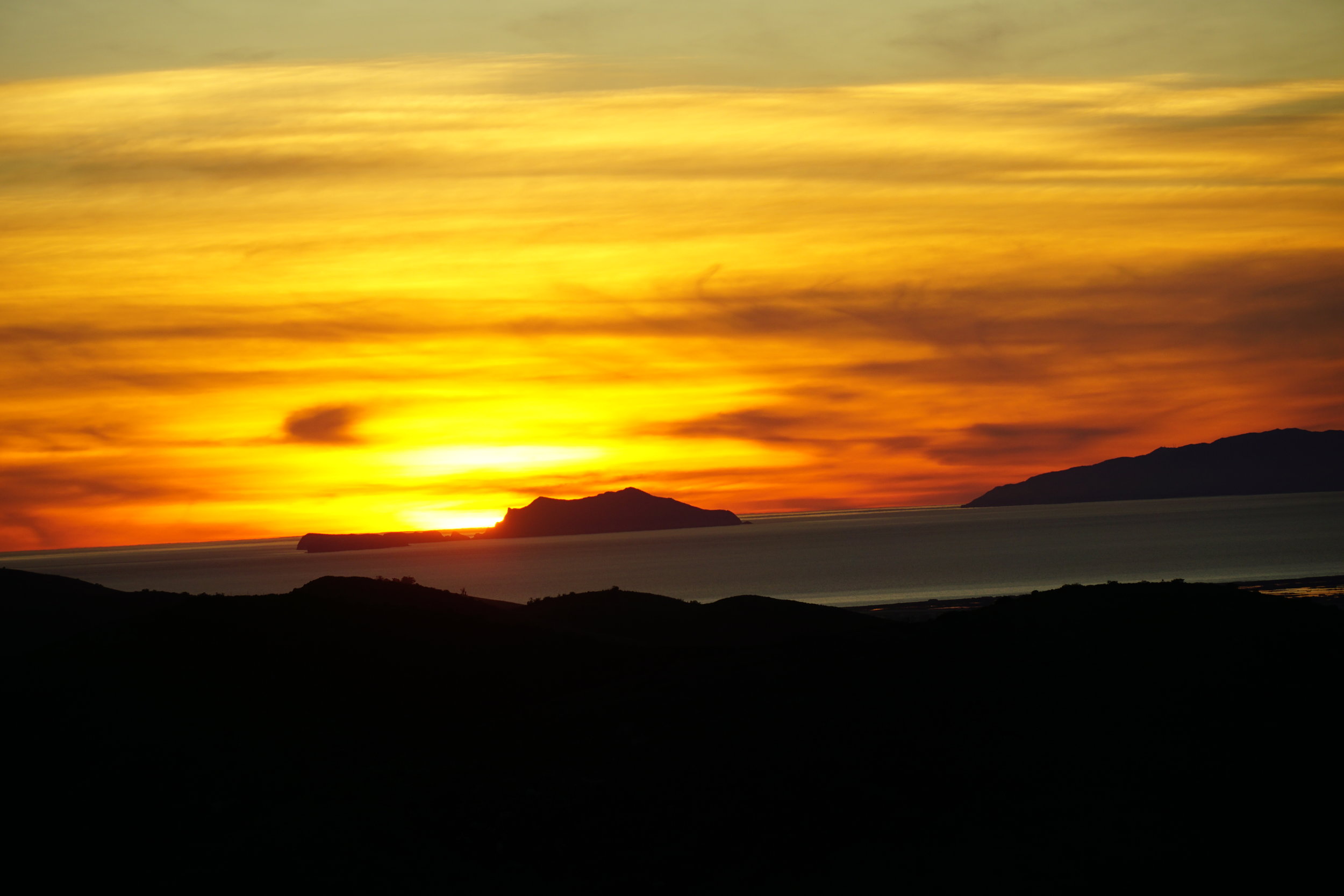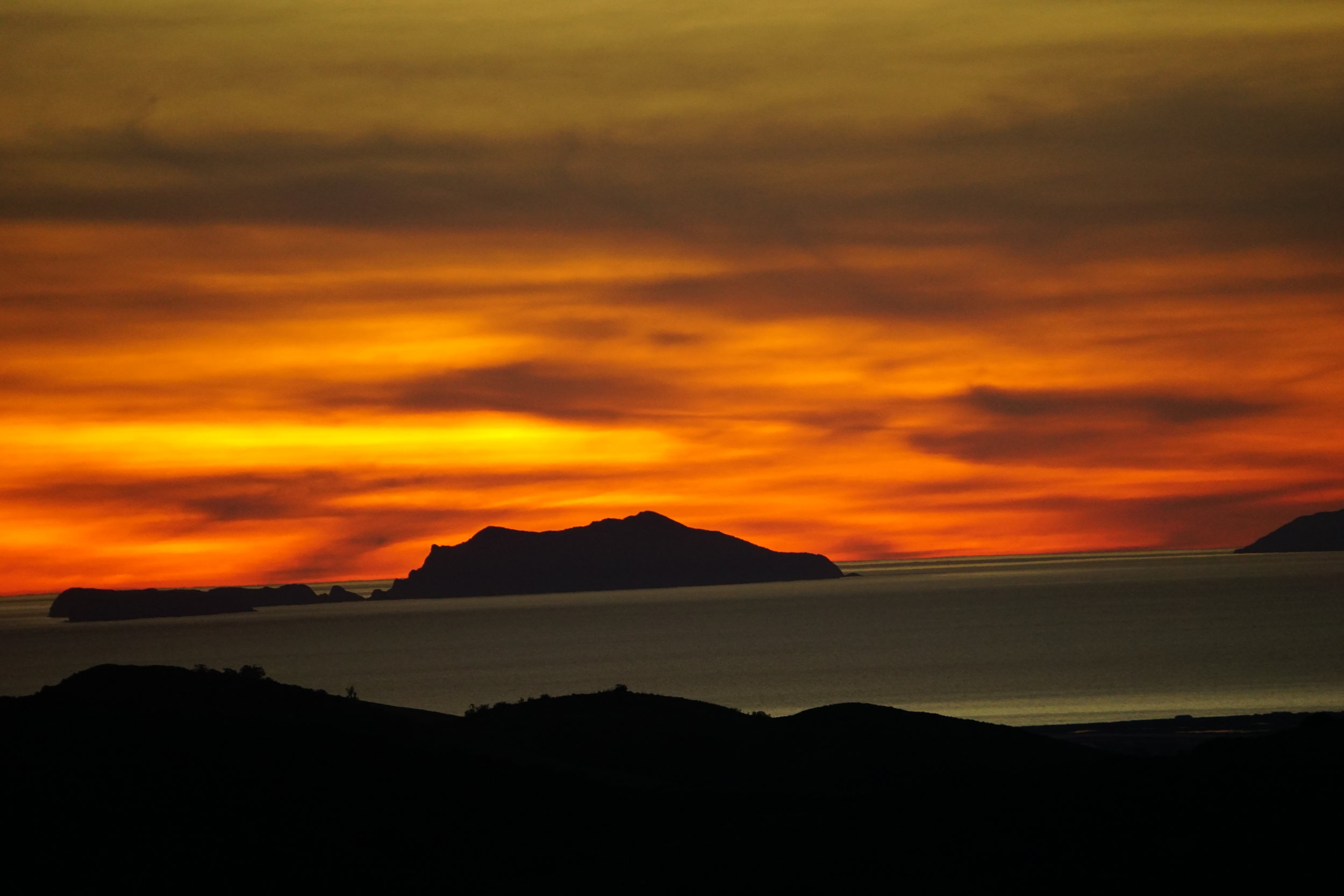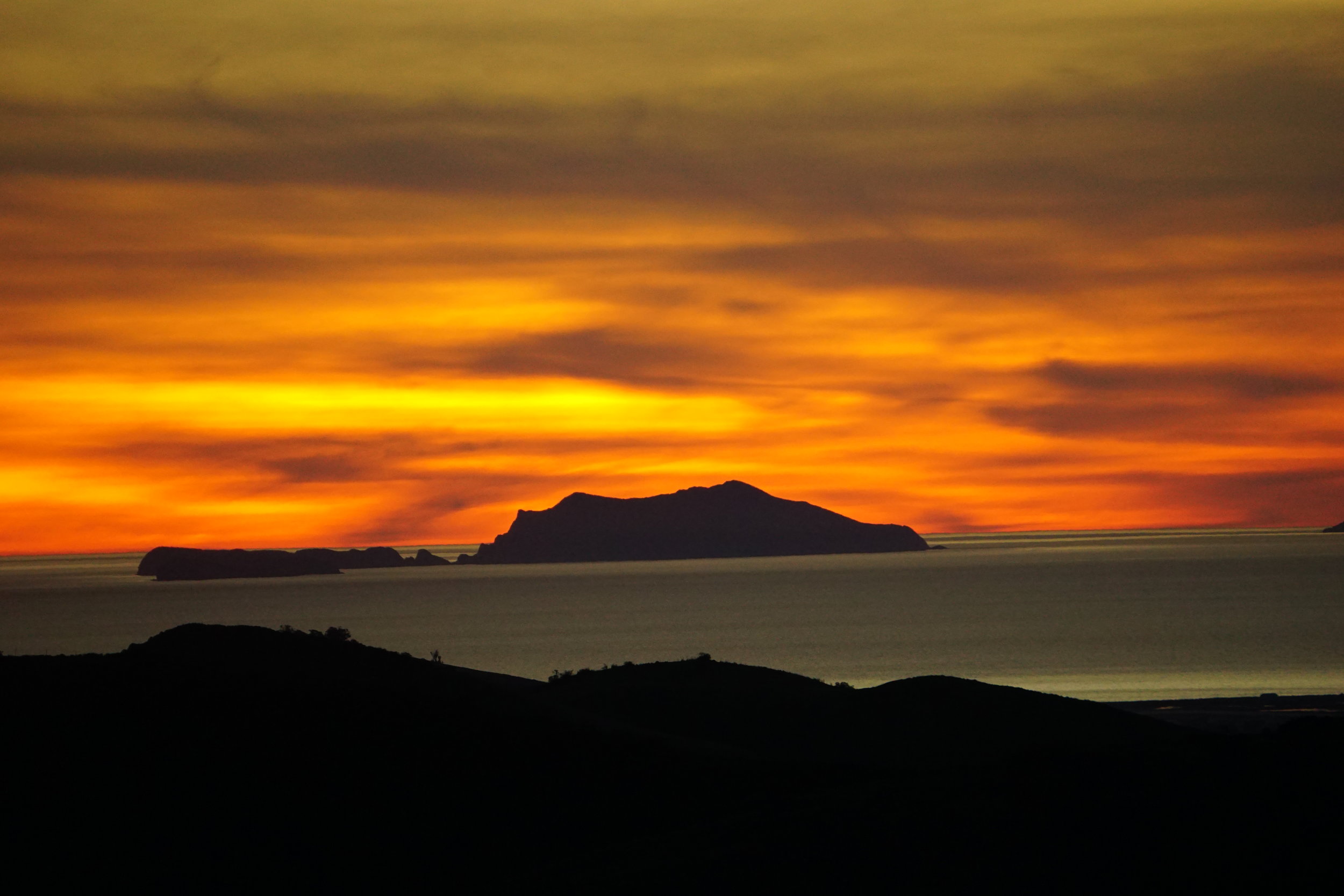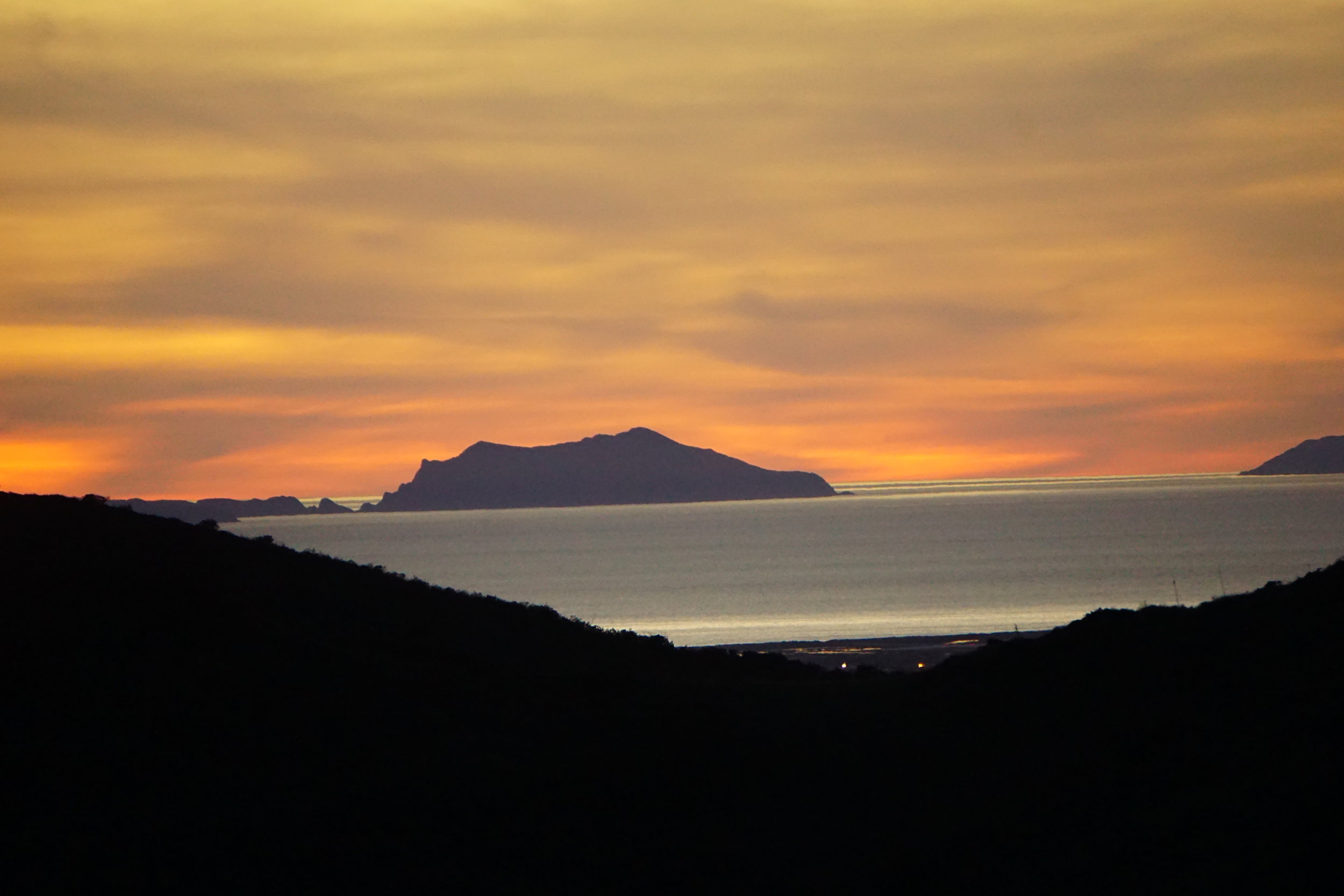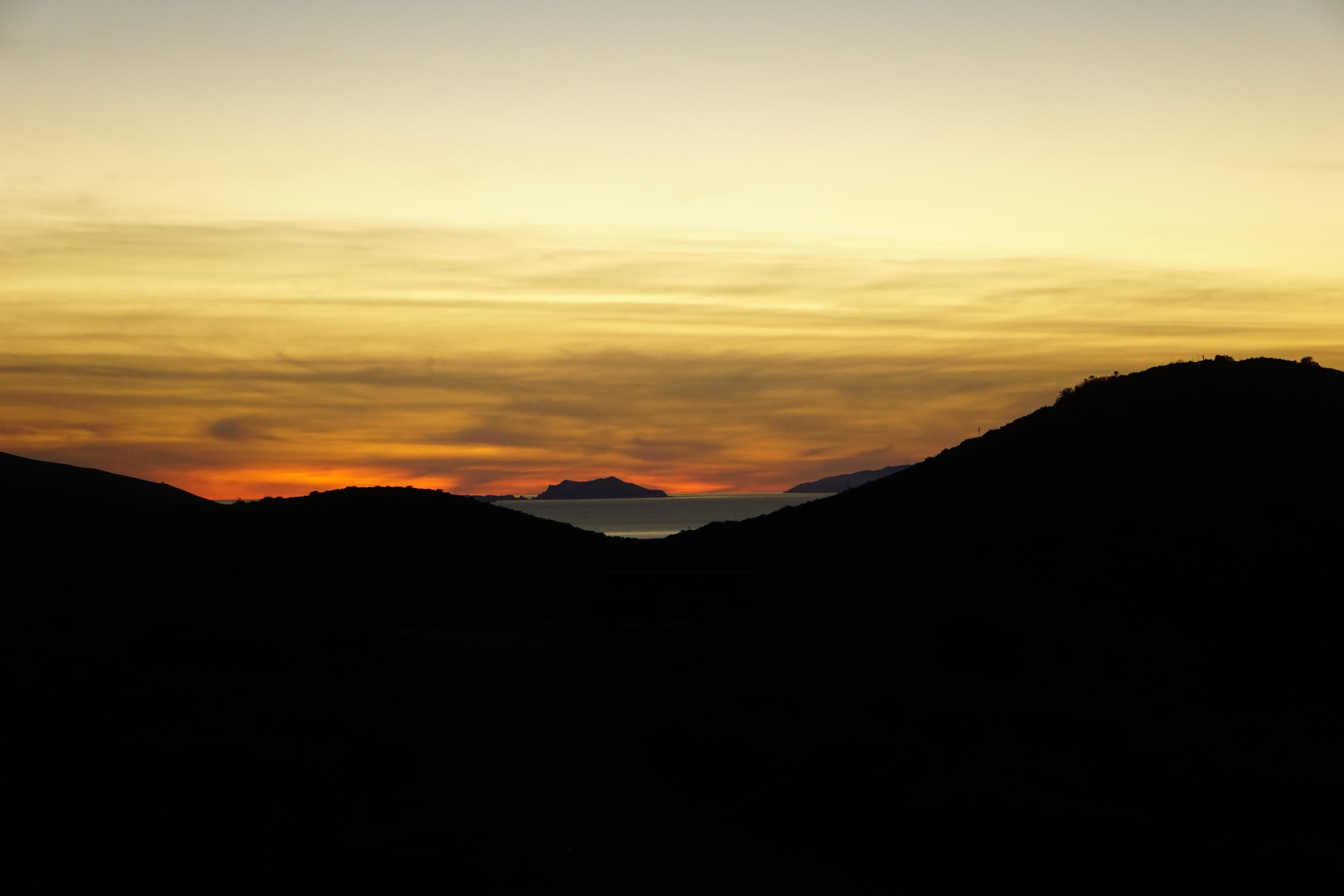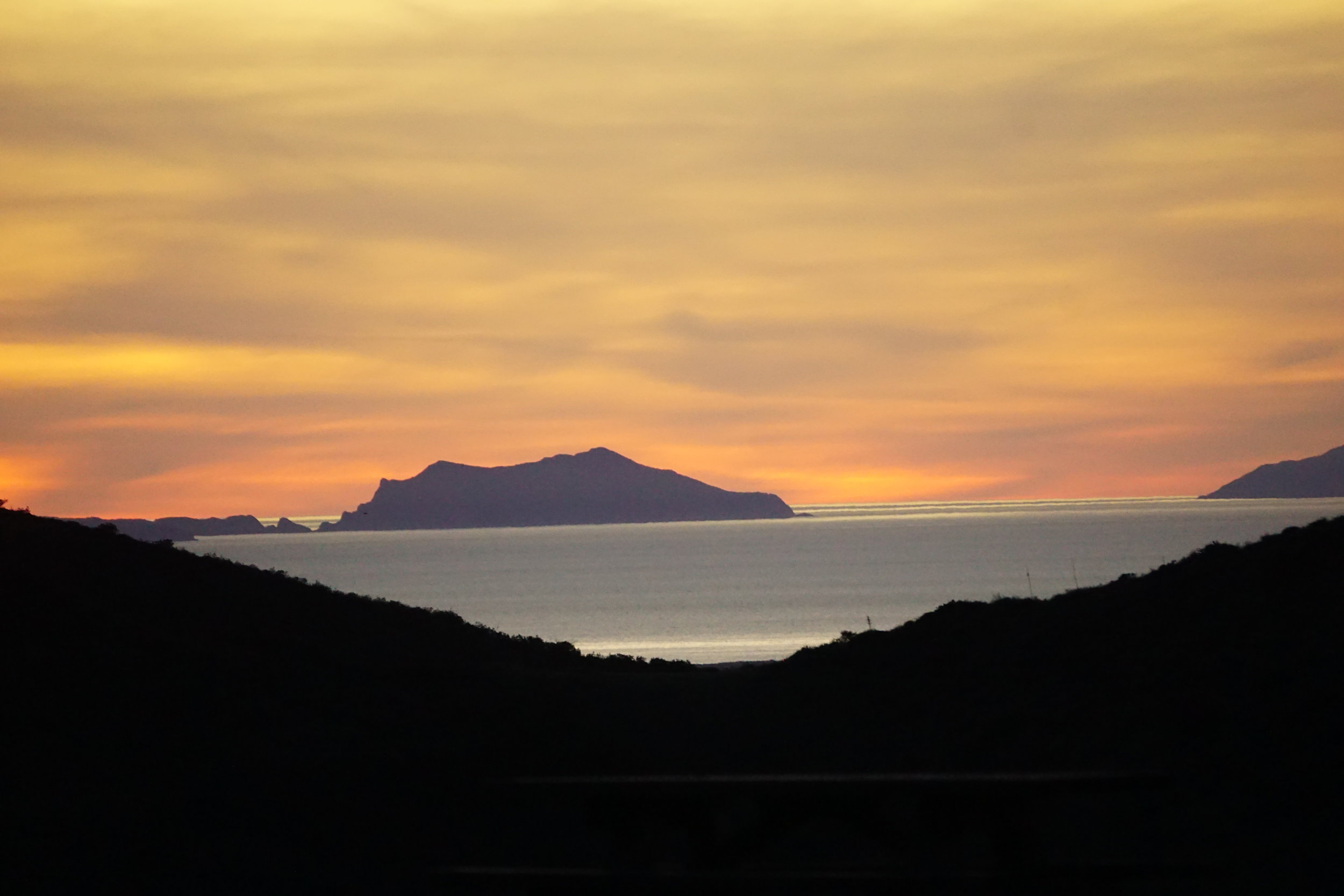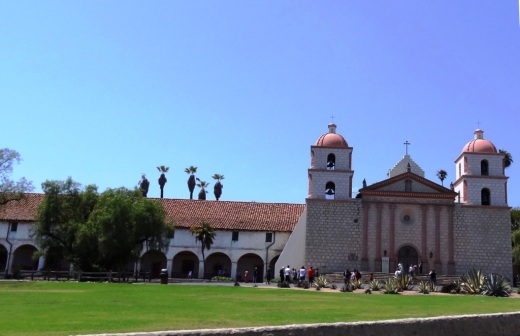On the Hunt For Wildflowers in the Conejo Canyons Open Space in Thousand Oaks
/As of today, March 9, 2019, rain totals in Thousand Oaks for the 2018-2019 rain season stand at 14.64 inches. This is 22.7% higher than “normal” rainfall to date, driven largely by 6.2 inches of rain in the month of February. Rainfall in October through December 2018 was only half of normal rainfall totals for that time frame. (1)
With all that recent rain soaked into the ground, we’ll be on the lookout for wildflowers in the local mountains. The Conejo Canyons Open Space, also referred to as the Western Plateau, represents 1,430 acres of open space and trails in the northwest portion of Thousand Oaks.
To get to the area from Newbury Park, the trailhead to the Western Plateau Trail is located on Conejo Center Drive, to the left of the City of Thousand Oaks Hazardous Waste Facility south of Rancho Conejo Boulevard.
There’s plenty of parking in a dirt lot at the trailhead. This first mile to mile and a half is hilly and generally not the most interesting part of the trail, but during this Ireland-like green time frame, its not so bad. About .6 mile down is, or for the time being I should say was, the turnoff for the Hawk Canyon Trail - the trail was closed due to the Woolsey Fire and now is overrun by water. But at some point I’m sure the trail will be back.
The Hawk Canyon Trail marks the low point of the initial section of the hike, and it is uphill another .7 mile to the main Conejo Canyons area. Here, you can either turn off to the right to walk through the upper canyon or continue west towards an overlook with views towards the Conejo Grade, Oxnard Plain and Channel Islands.
You can also take the fire road up, and up, and up, another mile or so , to a peak where you’ll find the entry sign to the Lichen Trail. From here, you can continue down the other direction down the Lichen Trail or head back the way you came.
These trails can also usually be accessed from the Santa Rosa Road/Hill Canyon area via the Conejo Canyons Bridge - but the bridge was severely damaged in the Woolsey Fire and needs to be repaired. More details and maps on the Conejo Open Space Foundation website at cosf.org/trails/conejo-canyons.
(1) Ventura County Watershed Protection District




